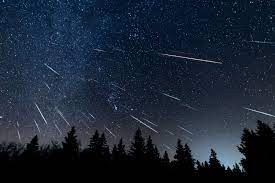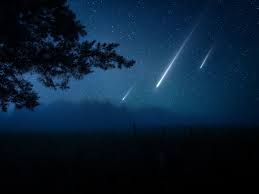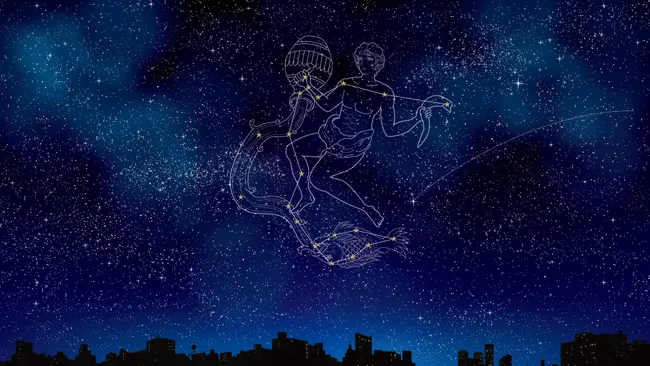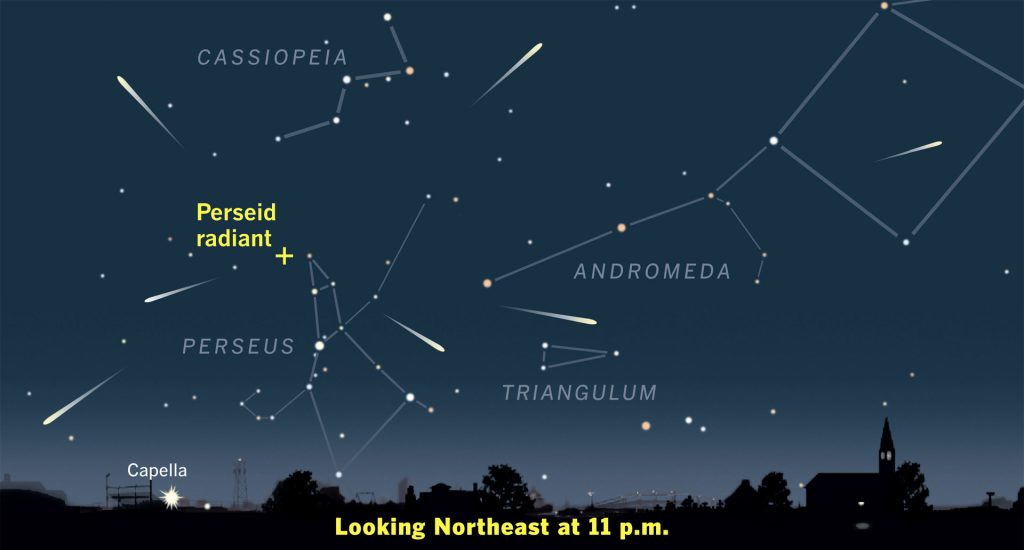
INDIANA – The night sky will play host to two major meteor showers.
The first shower is the Southern Delta Aquariids, which is set to peak on Tuesday. The second is the Perseid meteor shower, which began on July 14 and will continue until September 1. It’s expected to peak on August 11, 12, and 13.

Both meteor showers are relatively close to each other. The Southern Delta Aquariid meteors will appear near the constellation Aquarius in the southern sky, and the Perseids will radiate near the constellation Perseus in the Northern Hemisphere.

The Perseids are one of the most visually spectacular and are renowned for their frequent and plentiful meteor showers. NASA said that in 1993, the peak rate topped 300 meteors an hour. In 2024, expect 50 to 70 shooting stars every hour if you’re watching from dark skies. That’s about a meteor a minute.

The Perseid meteor shower occurs every year when the Earth passes through the cloud of debris left by Comet Swift-Tuttle. The meteors come from dust and particles in the comet’s tail as Earth passes through it during the comet’s orbit of the sun.
But mark August 11 on your calendar because you’ll see one every minute starting around midnight or 1 a.m. If you have small kids or are impatient to start looking at 9:00 p.m., be aware that early birds will only see a meteor every four or five minutes.
A third meteor shower, the Alpha Capricornids, is active until August 15. But it’s considered a minor meteor shower and rarely produces more than five meteors an hour.
- First, turn off the window lights and let your eyes get adapted to the dark.
- Second, don’t try to watch the sky through breaks between trees. You need a wide open swath of sky—any section will do. Overhead is perfect. Good tried-and-true locations include cemeteries, lakesides, and baseball fields if your backyard suffers from an obstructed view.
- Third, keep staring at the sky. Don’t just glance upward now and then. These Perseid meteors are superfast. They collide head-on with the Earth and sizzle through our atmosphere at 37 miles per second. Each is visible for only a second or two. By the time a companion has shouted, “Look at that!” you’ve missed it. Therefore, to avoid neck strain, spread a blanket or use lawn chairs.
- Finally, we need primarily clear skies. Ideally, it should not be very humid or hazy. We want the kind of night when the heavens seem wallpapered with many stars. If Sunday night has a cloudy forecast, watch on Monday when you’ll still see a shooting star every two or three minutes, especially after midnight.







.png)











